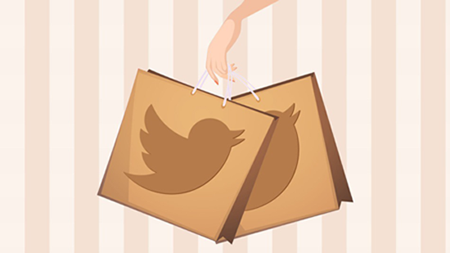With mobile marketing and e-commerce as the topics last class, it reminded me of Google who recently released their 2014 Holiday Shopper Research Data. One of the findings was that 75% of smartphone shoppers plan to use their phones in-store this winter. For the longest time, shoppers possessed little to no knowledge when shopping—having to have sales associates educate them on products. Now, shoppers are empowered through their devices. If there are information gaps, shoppers today are more likely to consult their smartphones in-store than ask employees. Our devices help us hunt for deals, and online shopping has become the equivalent of window-shopping.

Image Source: Shutterstock
I don’t find Google’s data surprising. We are living in an increasingly connected world and with a rise in mobile devices, consumers are simultaneously becoming more attached to their smartphones. As such, I believe it’ll be critical for brands to have a mobile presence to remain competitive. The fact that consumers are consulting their smartphones for information will have a significant impact on a business’ bottomline. Whatever content the consumer finds on their phones will impact their purchasing decisions, especially when the consumer is physically in the store and already in a “shopping mood.”
Combined with the growing popularity of mobile real-time bidding (the buying and selling of online ad impressions through real-time auctions), brands who have a mobile presence are more powerful than ever because they can now target their mobile ads and reach more shoppers this way. As a result, going mobile appears to be more of a driver for offline sales rather than online which is quite interesting.

 Image Source: Votigo
Image Source: Votigo Susan Wojcicki, CEO of Youtube
Susan Wojcicki, CEO of Youtube Image Source: Marketing Land
Image Source: Marketing Land

 Image Source:
Image Source:  Image Source:
Image Source:  Image Source:
Image Source: 